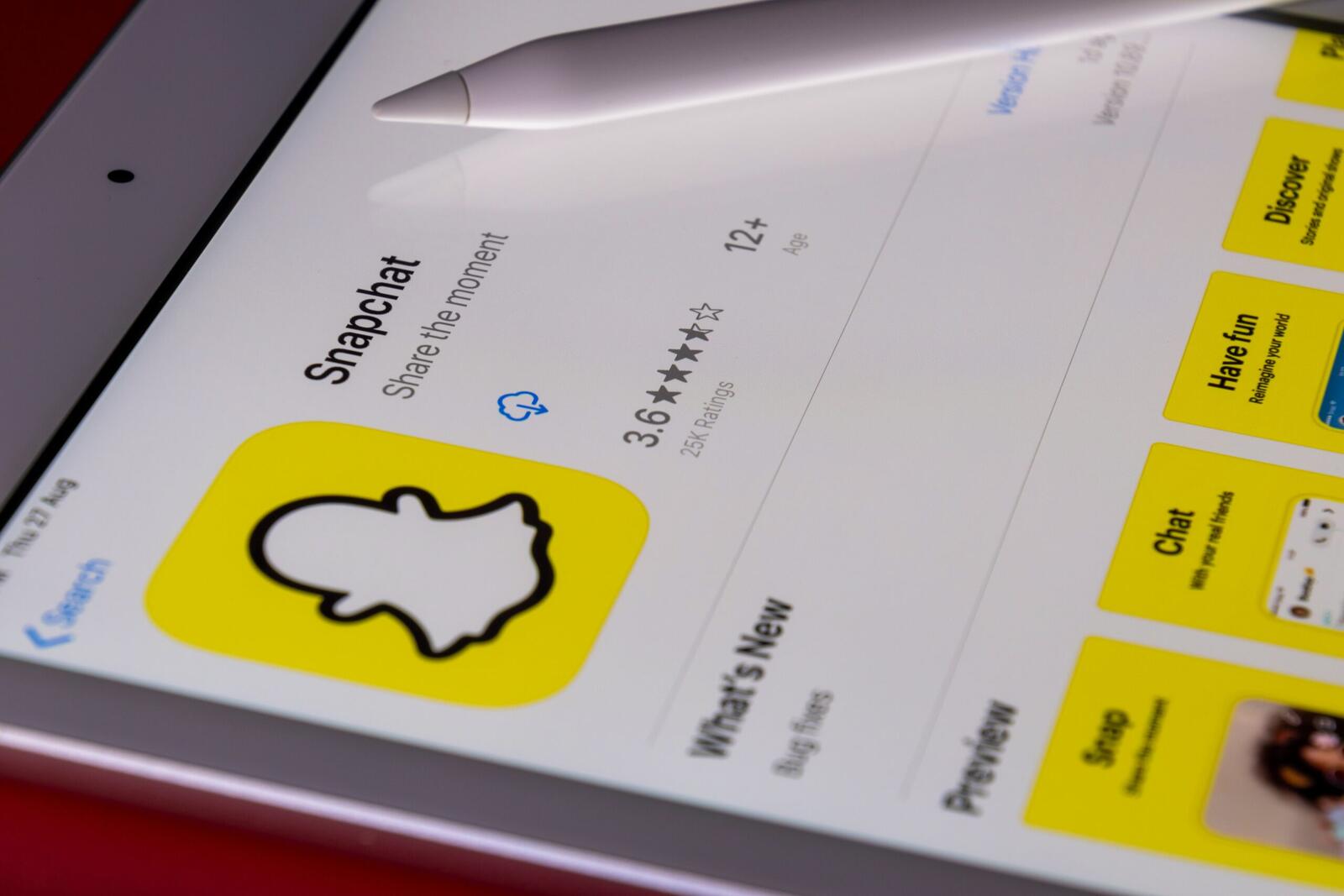Snapchat’s new storage plans are starting conversation about how small digital charges may be quietly driving young people into credit debt. We know that the primary userbase for Snapchat are younger audiences. With the app introducing paid storage for its “Memories” feature, money experts brought up that even small fees can tip younger users deeper into borrowing.
Snapchat announced last week that users who save more than 5GB of “Memories” will need to pay to keep them. The company said more than one trillion photos and videos have been stored since the feature was launched in 2016. Those above the 5GB limit can now choose between 100GB, 250GB through Snapchat+, or a 5TB “Snapchat Platinum” plan.
Snapchat said, “For the vast majority of Snapchatters, who have less than 5GB of Memories, nothing will change.” It added that people who exceed the limit will get “12 months of temporary Memories storage” before their excess files are deleted if they do not upgrade. The company said these changes are needed so it can “continue to invest in making Memories better for our entire community.”
The paid storage will cost £18 or £35 a year, depending on the tier. That may sound small, but those regular charges can pile up for young adults already juggling subscriptions and higher living costs. Snapchat said, “It’s never easy to transition from receiving a service for free to paying for it, but we hope the value we provide with Memories is worth the cost.”
Are Small App Fees Adding Up?
Aseem Munshi, founder of Updraft, which helps people pay off credit card debt, said: “The new Snapchat storage fee is a great example of the creeping, unexpected costs that can quietly stack up, particularly for young people who are already feeling the pressure of higher living costs and day-to-day spending.”
Munshi said that at Updraft, the company has “seen how younger people are more likely than their parents to lean on credit cards to cover these types of extras.” He added, “Our data shows that in just the past three months, 18–24-year-old users rack up £1,488 on their credit cards, while the 25–34 age group racked up £2,142; compared with £1,415 for 45–54-year-olds and £1,378 for those aged 55–64.”
Those numbers show that younger users are carrying more short-term debt and are more likely to pay for convenience through credit. “Adding another subscription onto that pile makes it all too easy for small payments to snowball into credit debt,” Munshi said.
More from News
- OpenAI Partners With Another Big Tech Giant: Samsung
- How The UK Is Spending £5 Million A Week On ChatGPT
- The Psychology Of Unicorn Founders: What Do Successful Startup Founders Have In Common?
- Google Vs. OpenAI: Which AI Is A More Useful Shopping Tool?
- What Does UK Consumers’ Growing Trust In AI Mean For Businesses?
- How Much Do Cyber Attacks Really Cost UK Businesses?
- Databricks And OpenAI Sign $100 Million Deal: What Does It Mean For Enterprises?
- Snapchat Through The Years: How The Social Media App Became What It Is Today
Are Younger Users Feeling More Financial Pressure?
Munshi said that half of UK adults already pay for entertainment or reading subscriptions. “When nearly half of UK adults (49%) are already signed up to subscriptions for entertainment and reading platforms like Spotify, it’s clear that adding Snapchat’s new storage fees will only increase the pressure,” he said.
He explained that younger users are especially at risk because they are “the most active on social media and are already spending on their credit cards.” Those habits make them more likely to pay for extras like cloud storage or premium app features without much thought.
For many young adults, these charges are small enough to feel harmless but frequent enough to cause real financial strain. Each digital subscription becomes another automatic payment that can quietly grow a person’s monthly outgoings. The more subscriptions pile up, the harder it becomes to manage credit card balances or avoid late fees.
What Can Users Do Instead?
Munshi said that Snapchat users should “think twice before automatically upgrading.” He advised that “instead, you can save Memories to your phone and back them up on free services like Google Photos or iCloud, or even move them onto a laptop or USB stick.”
He added, “A few minutes spent downloading your Snaps could save you just over £30 a year and stop another subscription from slipping unnoticed onto your credit card bill.”
That advice could apply well beyond Snapchat. As digital platforms continue to charge for small upgrades, many users are finding that convenience comes at a price. Saving photos manually might take more effort, but for many young adults, it could mean avoiding yet another charge that gets lost in the stream of automatic payments.
Snapchat said its goal is to make Memories more sustainable for the long term, but as living costs rise, even small fees are being felt. The new storage plans may seem harmless, but they risk pushing young users further into credit debt, one “Memory” at a time.



